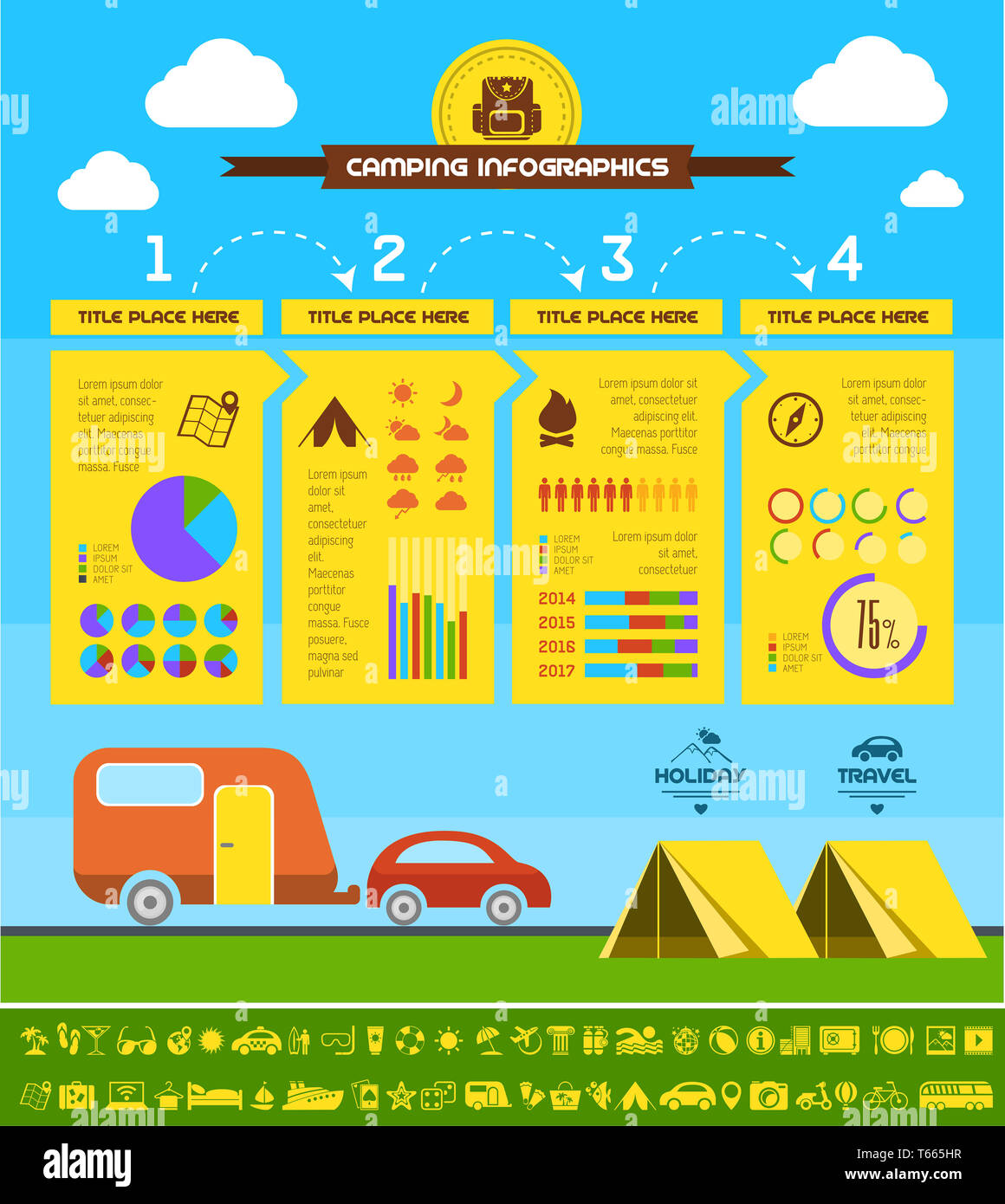Maximize And Maintain Your Profitable Online Camping Tents Profit Venture Via Selling Camping Tents
Maximize And Maintain Your Profitable Online Camping Tents Profit Venture Via Selling Camping Tents
Blog Article
Does Your Backpacking Tent Need an Impact?
If you camp on a regular basis in locations with rocks or sharp downed branches or simply dislike storing a wet, sloppy camping tent, then an impact is absolutely worth thinking about. Footprints are additionally relatively inexpensive contrasted to a new tent.
What are the 4 types of tents?
Lots of tent makers offer their own certain impacts, which are cut to the precise size of the tent floor. Nonetheless, you can make one on your own with a light-weight material like polycryo or tyvek.
Weather
Whether or not you need an impact actually relies on the problems you'll be camping in. If you're backpacking in a location where the ground is typically damp (it's virtually inevitable), a camping tent footprint can be a helpful enhancement to your package, as it will stop your camping tent flooring from ending up being soggy.
However, if the impact is as well big it can work as a wetness trap and possibly permit water to pool under your tent. This can be stayed clear of by ensuring the footprint is cut a little smaller sized than your tent on all sides.
Typically talking, it's finest to get a footprint from the same producer as your tent to ensure an exact fit. They additionally often tend to be made from thicker, extra sturdy products than DIY options. They can be expensive for something whose sole objective is to shield the ground beneath your camping tent, but it can be a worthwhile financial investment if you respect the longevity of your equipment.
Terrain
Lots of quality camping tents can function well without a footprint, particularly those that have actually bathtub floorings made of long lasting materials. Nonetheless, the terrain you hike on can have a substantial impact on exactly how promptly your tent flooring breaks. Granite slabs, sandstone and other sturdy surface areas wear through the bottom of your tent faster than grassy fields or forest floors.
An impact or ground cloth helps extend the life of your camping tent by working as a barrier between the ground and the sewn-in groundsheet of your outdoor tents, claims REI senior sales specialist Elizabeth Nguyen. It additionally safeguards the outdoor tents from rough elements like sharp twigs and jagged rocks that might pierce or tear the sewn-in floor. When choosing a footprint for your camping tent, it is essential to guarantee it's somewhat smaller sized than the outdoor tents on all sides. This avoids water from merging in between the camping tent and impact during a rainstorm, which might permeate right into your tent. The best alternative for a footprint is to acquire one designed for your particular tent, which will certainly assure a tight fit.
Tents with Lower Deniers and Waterproof Scores
Whether you're a laid-back backpacker or a hardcore traveler, the longevity degree of your outdoor tents is an important consideration. Tents developed to be ultralight, verging on minimalist, typically compromise some level of toughness in the textile and products made use of.
One textile specification you'll run into is denier, which describes the weight in grams of a 9,000-meter size of thread that comprises the outdoor tents's canopy, rainfly, and/or floor. A higher denier spec symbolizes extra tough fabrics, while lower numbers indicate lighter and less durable fabrics.
Various other specifications to consider consist of flooring measurements, vestibule size, and interior pockets. The former reflects the total square-footage that can be made use of for comfortable room, while the latter can contribute in storage by providing a location to stash equipment overnight and in bad climate. Ventilation is likewise an important element; as you breathe out moisture during sleep, it needs to get away, or condensation may accumulate within. Attributes such as mesh home windows and panels and flexible rainfly doors aid increase ventilation and avoid this from taking place.
The Cost
The expense of a camping tent can impact its efficiency, and it is additionally vital to consider how much you can manage to invest. Backpackers looking for a light-weight sanctuary ought to go for a tent with a livability ranking of at least two stars, and when possible, three or more.
Livability describes how roomy a camping tent really feels, with headroom and floor measurements playing a large function. Historically, backpacking outdoors tents made use of steeply sloped wall surfaces and minimal area to conserve weight, but contemporary products allow developers to provide more convenience while keeping weight reduced.
Storage space is another aspect to consider, with vestibules and a quick-pitching style helping in reducing arrangement time. Additionally, the type of material layer and how the tent is stored can impact durability. As an example, a PU layer that breaks down more quickly when wet, or undergoes duplicated cycles of storing and un-stowing, luxurious tents can substantially reduce the life-span of an outdoor tents. In a similar way, using a custom footprint as opposed to stuffing an outdoor tents in a haphazard fashion will additionally prolong its life-span.
What temp is too cold to sleep in?
